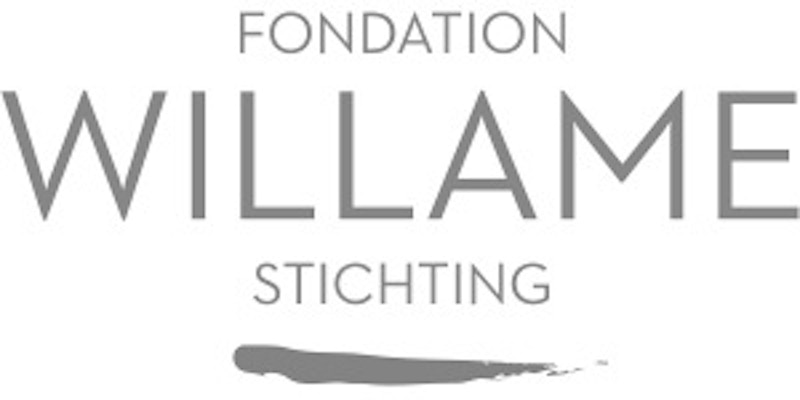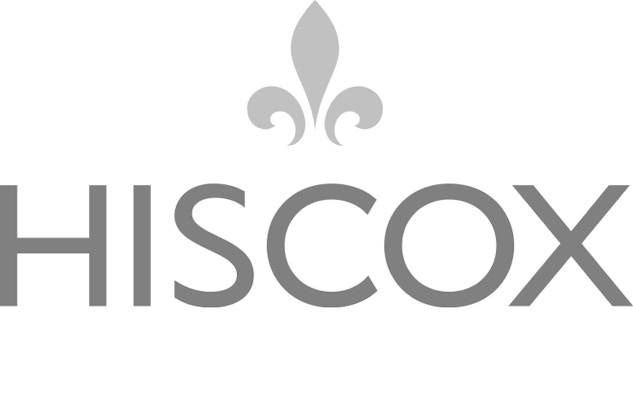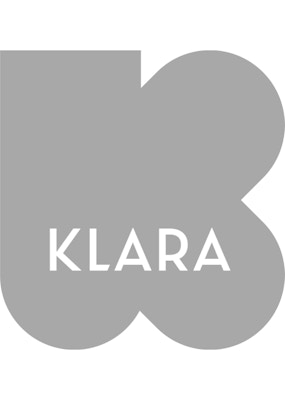1977–1979
gelatinezilverdruk op fotopapier
(5x) h. 58 cm x b. 48 cm, (3x) h. 48 cm x b. 58 cm
2000 bruikleen Vrienden v/h S.M.A.K.
gelatinezilverdruk op fotopapier
(5x) h. 58 cm x b. 48 cm, (3x) h. 48 cm x b. 58 cm
2000 bruikleen Vrienden v/h S.M.A.K.
NL - ‘Membranenobjekt’ is een van Dieter Appelts meest typerende werken uit de tweede helft van de jaren ’70. Tijdens een theatrale actie (Aktion) probeerde de kunstenaar in een zo elementair mogelijke fysieke en psychologische staat te treden en de invloed ervan op lichaam en geest te onderzoeken. Van dergelijke acties nam hij steevast foto’s om de opgedane inzichten te documenteren en publiek te kunnen tonen. Concreet maakt ‘Membranenobjekt’ deel uit van een complexe reeks van naar elkaar verwijzende beelden die Appelt maakte tussen ‘77 en ‘79, en die hij de overkoepelende titel ‘Erinnerungsspur’ (Herinneringsspoor) gaf. De reeks verwijst naar een aangrijpende jeugdherinnering, hoewel hij zelf niet wil dat ze enkel autobiografisch wordt gelezen. Toen de familie Appelt na WOII naar hun boerderij terugkeerde, lagen er lijken van Duitse soldaten. Dit trof de toen tienjarige diep. Toch baseerde de kunstenaar ‘Erinnerungsspur’ niet enkel hierop. Hij geloofde dat beelden met een sterke impact bij iedereen een waaier aan diepmenselijke ervaringen kunnen oproepen, als waren ze een collectieve mentale déjà vu die in elk van ons zit ingebakken. De reeks kadert ook in Appelts sterke interesse – verwant met Joseph Beuys – voor de idee van de kunstenaar als sjamaan die via persoonlijke ervaringen in contact staat met oeroude collectieve menselijke tradities en herinneringen.
‘Membranenobjekt’ bestaat uit acht zwart-witfoto’s, die in kruisvorm zijn opgehangen. Vijf foto’s tonen het hoofd van de kunstenaar, bedekt met wit marmerpoeder en gekneld in een houten constructie die zijn schedel lijkt te doorboren. Volgens de zen-filosofie – die Appelt diepgaand leerde kennen tijdens een reis naar Japan – staat de kleur wit symbool voor dood en ontbinding, maar ook voor eeuwigheid, net zoals het kruis in de christelijke symboliek. Het materiaal marmer verwijst naar de beeldhouwkunst van de klassieke oudheid. De foto’s baden in een sjamanistische sfeer en lijken als het ware opgeborreld te zijn uit het onderbewustzijn van de kunstenaar, die ze in een trance-achtige staat heeft geordend om ze als kunst aan te bieden aan de wereld.
ENG - ‘Membranenobjekt’ [Membrane Object] is one of Dieter Appelt’s most typical works from the second half of the 70s. During a theatrical action (Aktion) the artist attempted to enter as elementary a physical and psychological state as possible and to explore its influence on the body and mind. He always documented his actions in photographs, both to record the insights gained and for exhibition purposes. ‘Membranenobjekt’ belongs to a complex series of interreferential images that Appelt made between 77 and 79, and to which he gave the general title ‘Erinnerungsspur’ [memory trace]. The series alludes to a poignant memory from his youth, although he does not want the works to be interpreted from a solely autobiographical viewpoint. When the Appelt family returned to their farm after the Second World War, they found corpses of German soldiers on the ground. This had a huge impact of the artist, who was ten years old at the time. And yet he did not base ‘Erinnerungsspur’ on this recollection alone. He believed that powerful images could conjure a range of deeply human experiences in everyone, like a form of collective déjà vu that is hardwired into us all. The series also ties in with Appelt’s fascination – related to Joseph Beuys – with the idea of the artist as a shaman whose personal experiences can connect us with age-old collective human traditions and memories.
‘Membranenobjekt’ comprises eight black-and-white photos that are hung in the shape of a cross. Five photos depict the artist’s head, covered with powdered white marble and squeezed into a wooden construction that appears to be drilling through his skull. According to Zen Buddhist philosophy – in which Appelt immersed himself during a trip to Japan – the colour white symbolises death and decay, but also eternity, just like the Christian symbol of the cross. Marble alludes to the sculptures of classical antiquity. The pictures are bathed in a shamanic atmosphere and seem to have welled up, as it were, from the artist’s subconscious, as though Appelt has arranged them in a trance-like state to offer them to the world as art.
FR - « Membranenobjekt » (Objet à membrane) est l'une des œuvres les plus typiques de Dieter Appelt datant de la seconde moitié des années 1970. Au cours d'une action théâtrale (Aktion), l'artiste a tenté d'entrer dans un état physique et psychologique aussi élémentaire que possible et d'explorer son influence sur le corps et l'esprit. À partir de ces actions, il prenait invariablement des photographies afin de documenter et d'exposer publiquement les connaissances acquises. Plus précisément, « Membranenobjekt » fait partie d'une série complexe d'images renvoyant les unes aux autres réalisées par Appelt entre 1977 et 1979, auxquelles il a donné le titre général de « Erinnerungsspur » (Trace mnésique). Cette série fait référence à un souvenir d'enfance poignant, bien qu'Appelt lui-même ne veuille pas qu'elle soit interprétée comme étant uniquement autobiographique. Lorsque la famille Appelt est retournée dans sa ferme après la Seconde Guerre mondiale, des corps de soldats allemands y gisaient. Ce souvenir a profondément marqué l'enfant, alors âgé de 10 ans. Pourtant, l'artiste n'a pas basé « Erinnerungsspur » uniquement sur ce fait. Il pense que les images à fort impact peuvent évoquer une série d'expériences profondément humaines chez n'importe qui, comme s'il s'agissait d'un déjà-vu mental collectif ancré en chacun de nous. Cette série illustre également l'intérêt marqué d'Appelt - proche de Joseph Beuys - pour l'idée que l'artiste est un chaman en contact avec d'anciennes traditions et mémoires humaines collectives par le biais d'expériences personnelles.
« Membranenobjekt » se compose de huit photographies en noir et blanc, accrochées en croix. Cinq photos montrent la tête de l'artiste, recouverte d'une poudre de marbre blanc et coincée dans une structure en bois qui semble percer son crâne. Selon la philosophie zen, qu'Appelt a approfondie lors d'un voyage au Japon, la couleur blanche symbolise la mort et la décomposition, mais aussi l'éternité, tout comme la croix dans la symbolique chrétienne. Le matériau marbre fait référence à la sculpture de l'antiquité classique. Les tableaux baignent dans une atmosphère chamanique et semblent avoir jailli, pour ainsi dire, du subconscient de l'artiste, qui les a arrangés dans un état de transe pour les offrir au monde en tant qu'œuvres d'art.
Collectienummer : 3246
















